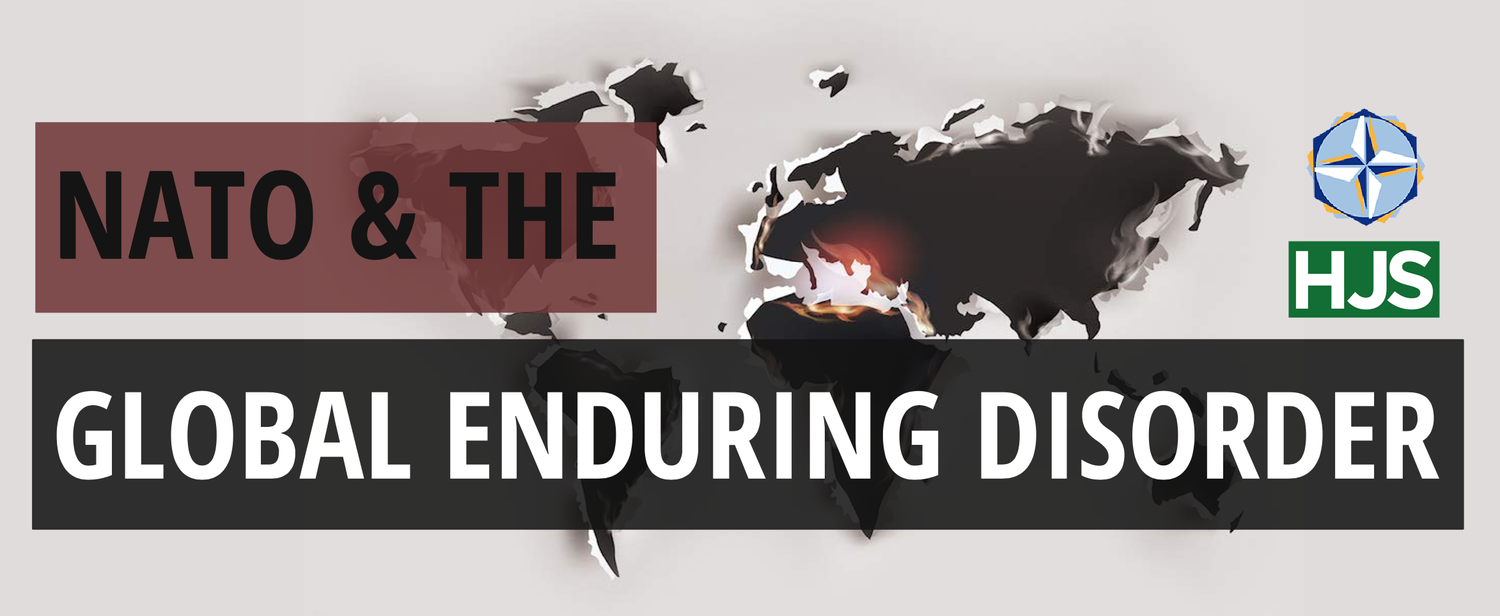The Plan Behind Ukraine’s Counteroffensive
“Kill them all — I never thought I’d say that, but these bastards have no humanity.” Dasha stabs her finger into the air as she makes her point over coffee in Odesa. Across south-eastern Ukraine, people are enraged at the destruction of the Novaya Kakhovka Dam in the Kherson Oblast. TV screens show streets that have turned into rivers. Dead fish float where there used to be pavements. The Ukrainians I speak to are in no doubt: ecocide has joined genocide as a Russian weapon of war.
Beyond the anger, there is a renewed call to see the heavily anticipated counteroffensive make tangible gains — and quickly. People want Ukrainian lands back. They want Moscow to pay. “The first thing you have to understand,” a Whitehall source recently told me, “is that the Ukrainians got all this fancy new Western kit on the promise of a big counteroffensive. They have to do it. And make it work — or more equipment might not be so forthcoming.”
Military activity is duly intensifying; the so-called spring counteroffensive appears finally to be underway. At the start of this week, Ukrainian forces attacked the area around Velyka Novosilka and Novodonetske in the Donbas region, unofficially kicking things off. But what will happen next? And what, realistically, can be achieved?
The total liberation of the occupied territories, including Crimea, is President Zelenskyy’s official position — not just because he believes it’s morally right, but because he knows that anything less allows Moscow to keep attacking. Yet a chasm remains between what the Ukrainians want and what they have the capacity to do — as they so often point out to the West.
So, rather than liberating the occupied territories, the counteroffensive’s most realistic objective is to try to split them — dividing the Russian forces fighting in the Donbas from those in the south. Key to this will be retaking the area around the city of Melitopol in the Zaporizhzhia Oblast. Do this and they will sever the “land bridge” that snakes all the way from Russia through the cities of Donetsk, Mariupol and Melitopol, and into Crimea. This bridge was one of Putin’s stated war aims: it allows Moscow to give some military (and thus economic and political) reality to the fiction that those lands are Russian territory. Grain now flows from Melitopol into Russia, while Russian passports flow the other way — whether the locals like it or not.
The problem with this plan, however, is that it’s obvious. Looking at Ukraine’s most successful counterattacks over the past year, deception has always been a priority (which is probably why the spring counteroffensive did not come in spring). Last year’s lightning attack around Kharkiv, that sent the Russians scuttling back across the border, was predicated on convincing the enemy that Ukraine would attack much further south. Kyiv seems well-aware of this. After Ukraine launched a multi-pronged attack in Donetsk on Sunday, Defence Minister Oleksii Reznikov tweeted out lyrics from Depeche Mode’s “Enjoy the Silence”, showing a video of Ukrainian soldiers putting fingers to their lips. “There will be no announcement about the start,” it warned…


